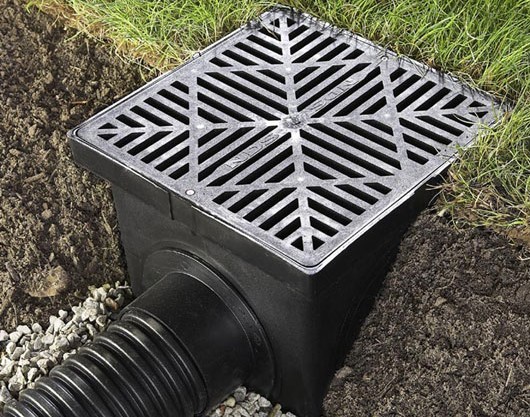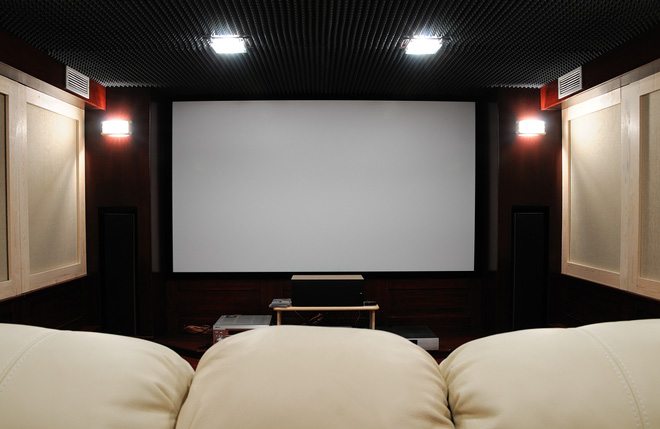More Aucklanders are seeing ads for cheap, mail-order clear aligners promising a perfect smile without the hassle of visiting an orthodontist. The convenience seems appealing, especially for busy families.
However, what those ads don’t say is that unsupervised DIY aligners can lead to permanent dental damage and costly corrective treatment. Often, these kits are marketed heavily on social media and online platforms, reaching vulnerable groups who may not fully understand the risks.
This article explains the hidden risks in detail so Auckland families can make informed, safe decisions about clear aligners. Understanding these dangers is crucial for safeguarding long-term oral health and preventing irreversible damage.
Key Takeaways
- Mail-order clear aligners often lack professional oversight, increasing the risk of complications.
- Incorrect use of aligners can cause tooth loss, gum damage, and worsened bite alignment.
- Only orthodontist-supervised treatment ensures safe, effective outcomes.
- Auckland families should prioritise dental health over convenience and cheap marketing promises.
- Professional monitoring during treatment is essential to avoid long-term dental complications.
What Are DIY Clear Aligners?
DIY clear aligners, also called direct-to-consumer aligners, are sold online without requiring an in-person orthodontic consultation. Companies send a kit to take impressions or scans at home, which are then used to create aligners. Treatment proceeds without regular check-ups or direct monitoring by a dental professional.
While these kits may seem affordable and convenient, the lack of clinical supervision is a major red flag. In contrast, aligners like Invisalign are delivered through trained orthodontists who assess oral health, plan treatment thoroughly, and monitor progress consistently. The absence of these critical steps in DIY treatment greatly increases the likelihood of complications.
The Top Hidden Dangers of DIY Clear Aligners
1. Missed Diagnosis of Underlying Problems
Orthodontic treatment is about more than straightening teeth. A professional assessment detects underlying issues such as gum disease, bone loss, tooth decay, or jaw problems. DIY aligner companies do not perform these checks, increasing the risk of progressing with unsafe treatment.
Conditions like periodontal disease or undiagnosed cavities can worsen rapidly when teeth are moved without addressing these underlying problems. Without a thorough clinical exam and imaging, significant oral health issues can go unnoticed until they cause visible or painful damage.
2. Irreversible Tooth and Gum Damage
Without proper planning, DIY aligners can move teeth incorrectly. This can:
- Cause teeth to loosen or fall out
- Damage gum tissue and bone support
- Result in tooth root resorption (shrinking of roots)
Many patients require extensive repairs after using mail-order kits. Some damage is irreversible. Gum recession and bone loss, in particular, can permanently affect oral health and aesthetics, making future dental treatments more complex and expensive.
3. Worsened Bite and Jaw Alignment
Orthodontists carefully plan tooth movements to maintain bite function. DIY kits focus on aesthetics but often ignore functional alignment. This can cause bite problems, TMJ (jaw joint) pain, and long-term difficulty chewing.
A poorly aligned bite also contributes to uneven tooth wear and future dental complications. Misaligned bites can lead to chronic headaches, muscle tension, and even difficulty speaking clearly. These problems may not surface until significant damage has occurred.
4. No Professional Monitoring During Treatment
Safe aligner treatment requires ongoing supervision. Teeth and jaw movements can behave unpredictably. Without an orthodontist adjusting the plan as needed, minor issues can escalate into serious problems.
DIY aligner customers often discover too late that something has gone wrong, and there is no local support to help. By the time the issues are evident, correcting them can require months or years of additional treatment, along with considerable financial cost.
5. False Sense of Security
Slick marketing gives the impression that DIY aligners are safe, backed by “dental experts.” In reality, full risk is assumed without professional guarantees. Even the best aligners can cause harm if misused, and DIY kits leave patients vulnerable.
Online reviews and testimonials often fail to mention long-term outcomes or highlight cases where serious damage has occurred. Without clinical accountability, these companies can avoid responsibility for the harm caused.
Why Supervised Treatment Matters
Professional orthodontic treatment involves comprehensive diagnostics, personalised planning, and close monitoring. An orthodontist ensures:
- Accurate assessment of oral health
- A treatment plan that prioritises safety and function
- Ongoing adjustments to aligners based on progress
- Early detection and management of any complications
This level of care cannot be replicated through mail-order kits. In-person visits allow for detailed examinations, professional cleanings, and timely intervention if unexpected changes arise. The personal relationship between orthodontist and patient also fosters trust and encourages adherence to treatment protocols.
Real Stories: When DIY Goes Wrong
A recent case involved a young Auckland woman who tried a popular online aligner kit. Within six months, she developed gum recession, tooth mobility, and a worsened overbite. Corrective treatment became necessary, which could have been avoided with proper supervision.
Another local example involved a teenage boy whose parents chose a DIY option to save money. The boy’s teeth shifted unpredictably, creating gaps and misalignment that required two years of corrective braces and additional restorative work. The emotional and financial toll on the family was significant.
Unfortunately, many families pursue DIY options to save money, only to face far greater expenses and health risks later. The short-term savings often pale in comparison to the long-term consequences of poorly managed orthodontic care.
What Auckland Families Should Do
When considering clear aligners for yourself or your children:
- Consult a specialist orthodontist for a full evaluation.
- Be wary of companies promising fast, cheap results without in-person care.
- Understand that oral health and bite function are too important to risk.
Investing in professional treatment ensures a smile looks great and stays healthy for life. Quality orthodontic care not only enhances appearance but also improves long-term oral function and overall well-being.
For families exploring safer orthodontic choices, it’s worth reading about the safest teeth straightening options for Auckland teens to understand what professional care can offer.
Moving Forward: Protect Your Family’s Smiles
DIY clear aligners might seem like a bargain, but the hidden dangers far outweigh the upfront savings. Auckland families deserve safe, effective orthodontic care grounded in clinical expertise.
Before committing to any clear aligner treatment, seek advice from a trusted orthodontist. A family’s dental health is worth protecting, for today and for the future. The peace of mind that comes with professionally supervised care is invaluable, ensuring that every step of the treatment process supports both safety and success.
By choosing the right path from the start, Auckland families can achieve beautiful, functional smiles without the risks that DIY aligners so often carry.




